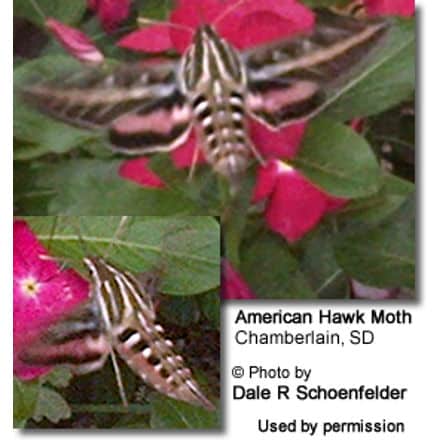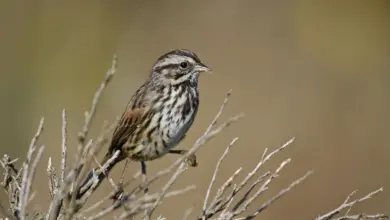Hummingbirds found in Oklahoma, USA
Hummingbirds found in the USA (by U.S. State) … Canada … Mexico … Puerto Rico … Jamaica … Honduras
Hummingbird Information … Hummingbird Species Photo Gallery
Oklahoma supports both permanent (all-year resident) as well as seasonal (breeding or wintering) hummingbirds.
Breeding populations come in the summer to nest; usually arriving in April and returning to their wintering territories in September or early October at the latest. Male hummingbirds are usually the first to arrive or to leave, and the females and juveniles usually follow a couple of weeks later.
Some hummingbirds breeding further north migrate to Oklahoma for the winter. These populations are most numerous between October to December.
Ruby-throated Hummingbirds, Archilochus colubris – Native Breeder and most common hummingbird found in Oklahoma. They are most numerous during the summer (between April to October), but rare in the winter. Males are usually the first to arrive and the first to depart; followed by the females and young about two weeks later.
The male has a ruby-red throat, a white collar, an emerald green back and a forked tail.
The female has a green back and tail feathers that are banded white, black and grey-green.
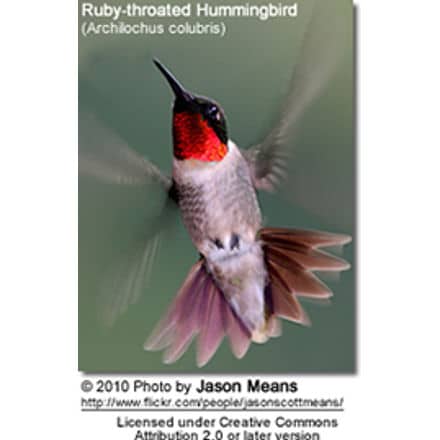
Rufous Hummingbirds, Selasphorus rufus – Wintering populations. Not commonly seen. However, have been documented several times between October to December.
These hummingbirds are usually found in gardens and at feeders. These birds are fearless, and are known for chasing away other hummingbirds and even larger birds, or rodents away from their favorite nectar feeders and flowers.
Males can easily be identified by their glossy orange-red throats.
Females have whitish, speckled throats, green backs and crowns, and rufous, white-tipped tail feathers.
Rufous Hummingbird versus the similar Ruby-throated Hummingbird (Identification)
Black-chinned Hummingbird, Archilochus alexandri – Wintering populations. The second most common hummingbird species in Oklahoma, usually more concentrated in the far western part of the state. They are most numerous from October to December. Found in open woodlands, parks and gardens.
The male has a black, shimmering throat with a purple edge and pale feathers below that create a collar. However, unless the light is just right, the head looks all black. His back is green and there are some green feathers covering the chest.
The female is pale below (sometimes with a slightly speckled throat) and her back is green.
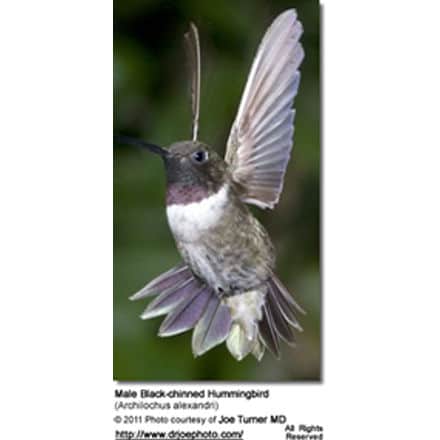
(Colibri thalassinus) – Rare / Accidental – They are mostly resident in Mexico and Central America, but some seasonal movements have been observed. They may wander north to the United States and even as far north as Canada.
Their feet and bills are black, setting them apart from the other hummingbirds in Oklahoma.
Broad-billed Hummingbirds (Cynanthus latirostris) – Accidental / Vagrants – These mostly Mexican hummingbirds venture into the United States regularly; they mostly visit the southern parts – but a few vagrants travel as far north as Wisconsin.
The male is glossy green above and on the chest. He has a deep blue throat. His straight and slender beak is red with a black tip. His slightly forked tail is dark above, and the under tail feathers are white.
The female is less colorful than the male. Her throat, chest and belly are light to medium grey. She has a white stripe over each eye.
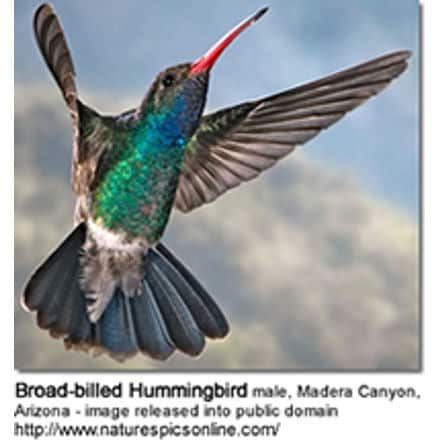
Anna’s Hummingbirds (Calypte anna)
One of the larger and the most vocal hummingbirds in the United States, where it is the only species to produce a song; specifically the males produce a complex series of scratchy noises, sounding like a sharp “chee-chee-chee; when moving from flower to flower, they emit toneless “chip” vocalizations. All other hummingbirds in the United States are mostly silent.
They are well known for their territorial behavior; the male makes elaborate dive displays at other birds and sometimes even at people. At the bottom of their dives, they produce high-pitched loud popping sounds with their tail feathers.
Males have glossy dark rose-red throats and crowns, which may appear black or dark purple in low light. The underside is mostly greyish; and the back metallic green.
Females have light grey chests with white and red spotting on the throat, greenish back and white tipped tails.
They resemble the Costa’s Hummingbirds, but the male’s Costa’s Hummingbird‘s gorget (throat feathers) is longer than that of the Anna’s. They are larger than the Rufous Hummingbirds and lack the rusty coloration of the Rufous Hummingbirds.
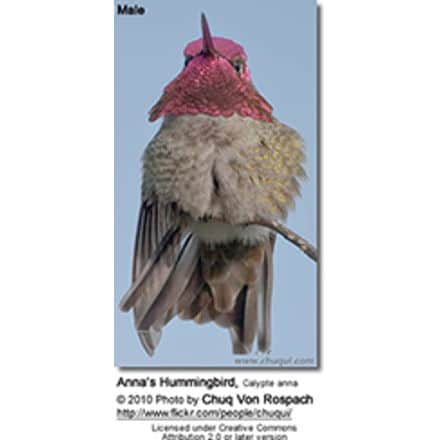
Calliope Hummingbird Stellula calliope. – Accidental / Vagrant – Uncommon Winter Visitor – The first one has been recorded in Georgia during the winter of 1998-99. To this date, only one or two of them are reported each winter.
The smallest breeding bird in North America. They are most easily confused with the Rufous Hummingbirds and the Broad-tailed Hummingbird.
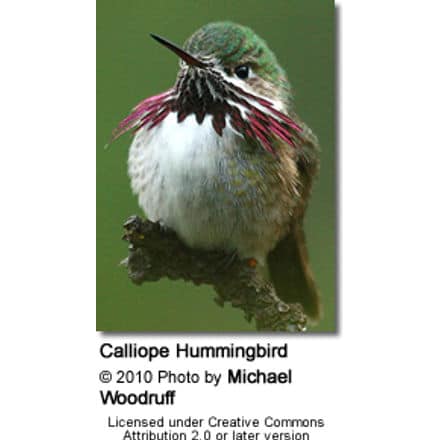
Broad-tailed Hummingbirds (Selasphorus platycercus) – Rare wintering visitors spotted between October to December.
Pass through New Mexico during their migration in September through October.
Males can most easily be identified by their iridescent, rose-red throats, white chest feathers and metallic green back and crown and their rounded tails. The males’ tails make whistling noises in flight.
Females lack the flashy throat patch of the male and are mostly pale below. Their white-tipped outer tail feathers are rust-colored close to the body and blackish in the center; the tail feathers in the center range from green to blackish.

Is it a Hummingbird or an Insect?
The Hawk Moths (often referred to as “Hummingbird Moth”) is easily confused with hummingbirds, as they have similar feeding and swift flight patterns. These moths also hover in midair while they feed on nectar.
Moths have a couple of sensors or “antennas” on top of the head, which are key identifiers.

